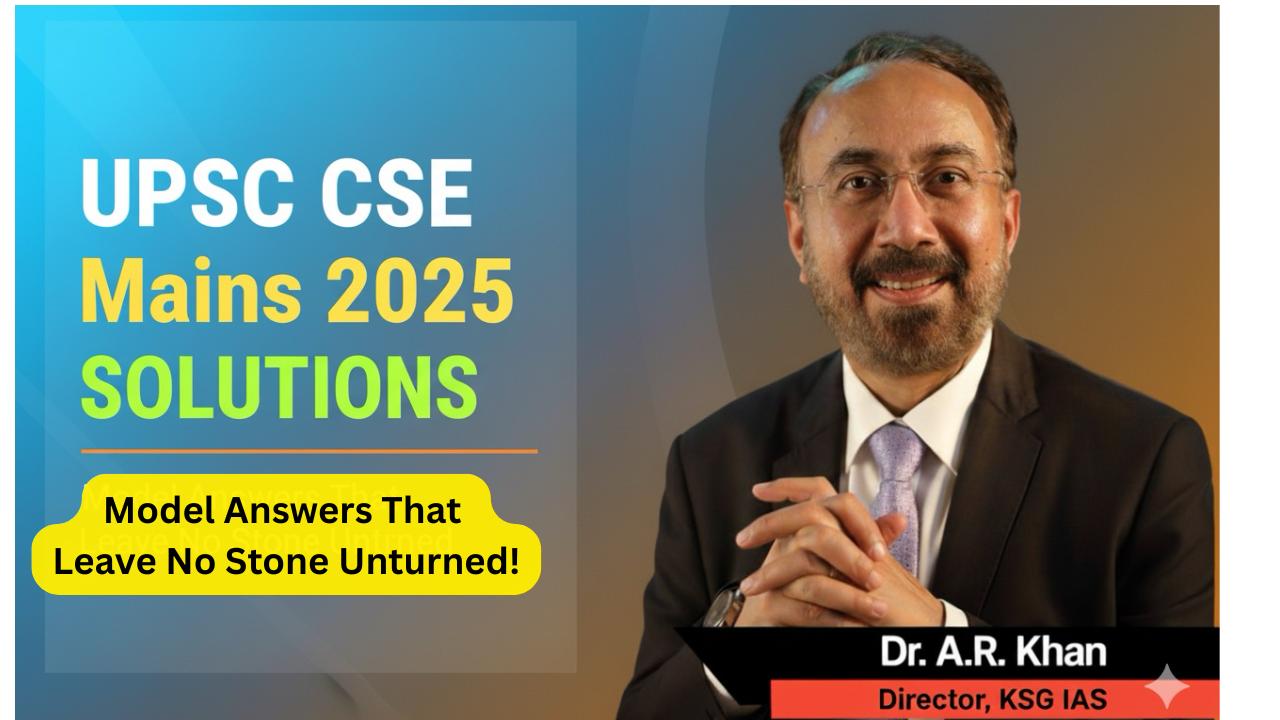How does Smart City in India address the issues of urban poverty and distributive justice?
Possible Introductions
Fact-based intro
India’s Smart Cities Mission (2015), covering 100 cities, seeks to promote sustainable and inclusive urban development, aiming not only at technological upgradation but also at addressing poverty and equity in urban spaces.
Conceptual intro
A smart city is not only about ICT-driven infrastructure but also about ensuring “smart people and smart governance”, where distributive justice and poverty alleviation are integral components.
Current relevance intro
With urban population projected to reach 600 million by 2036 (NITI Aayog), smart cities are envisioned as laboratories for balancing growth with inclusiveness.
Directive Analysis
“How does” → explanation of mechanisms, initiatives, and approaches.
Focus: urban poverty alleviation & distributive justice (equitable access to resources).
Main Body
1. Addressing Urban Poverty
-
- Affordable Housing: Smart City Mission integrates with PMAY-Urban, slum rehabilitation, and rental housing. Example: Ahmedabad Smart City → slum redevelopment under PPP model.
- Skill Development & Employment: ICT-enabled job portals, skill centers linked with Deendayal Antyodaya Yojana–NULM.
- Improved Urban Services: Access to clean water, sanitation, waste management improves living conditions of urban poor. Example: Indore → solid waste management reforms → better livelihoods for informal waste pickers.
- Public Transport & Mobility: Low-cost, accessible transport (BRTS, e-buses).
- Digital Inclusion: Wi-Fi hotspots, digital kiosks reduce digital divide.
2. Ensuring Distributive Justice
-
- Equitable Infrastructure Allocation: Area-based development (ABD) & pan-city solutions ensure marginalized groups are not excluded.
- Participatory Governance: Citizen engagement platforms (MyGov, City Apps) → democratize planning.
- Social Infrastructure: Smart health kiosks, e-clinics, education hubs improve access for poorer sections.
- Gender & Safety Focus: Smart surveillance, lighting, and women-friendly mobility ensure justice in access to urban spaces.
- Environmental Justice: Green spaces, renewable energy, clean air → benefit vulnerable groups most exposed to urban pollution.
3. Limitations / Criticism (Critical Edge)
-
- Risk of elitist enclaves if area-based development benefits only affluent zones.
- Land acquisition for redevelopment may displace the poor.
- Digital solutions may exclude non-literate or marginalized groups.
Sweet Spot – Table
| Dimension | Smart City Intervention | Impact on Poverty/Justice | Example |
|---|---|---|---|
| Housing | Slum rehabilitation, PMAY | Secure shelter, dignity | Ahmedabad, Bhopal |
| Livelihood | Skill centers, digital job portals | Reduced urban unemployment | Pune, Surat |
| Services | Waste, water, sanitation | Better living standards | Indore |
| Mobility | Smart transport | Affordable access | Lucknow, Jaipur |
| Governance | Citizen engagement apps | Participatory justice | Bhubaneswar |
Possible Conclusions
Balanced
The Smart City Mission, if implemented inclusively, can transform cities into engines of equity by addressing urban poverty and distributive justice.
Policy-linked
As per the UN-Habitat “Right to the City” principle, smart cities must ensure not just efficiency but also equity and inclusiveness.
Philosophical
Mahatma Gandhi’s vision of “the soul of India lives in its villages” must be extended to cities where technology uplifts the marginalized, not excludes them.
Forward-looking
Smart cities must evolve into “just cities” ensuring sustainability, equity, and human dignity, thereby aligning with India@2047 goals and SDG 11 (Sustainable Cities and Communities).

